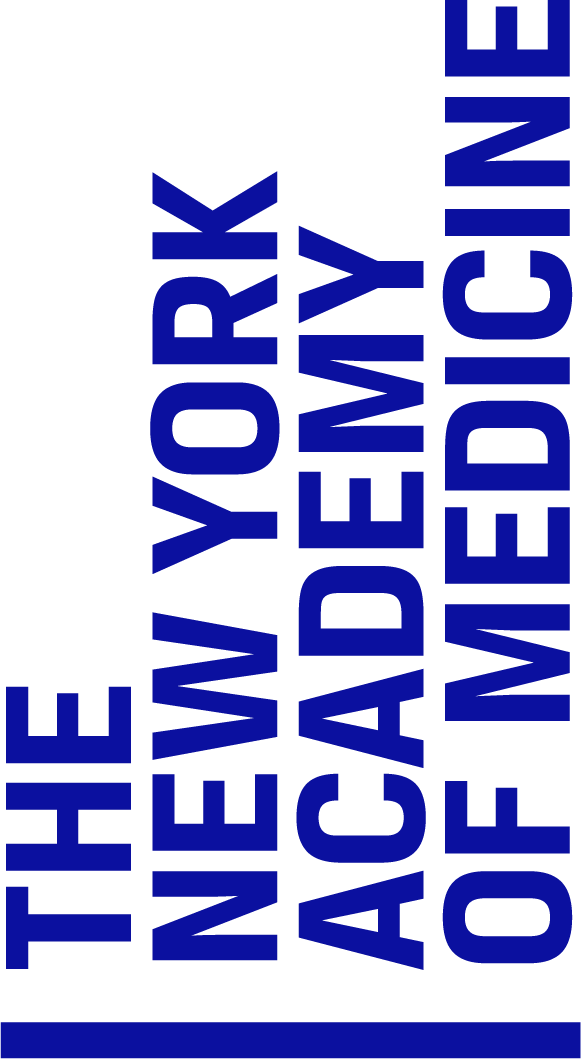Items
(1 - 9 of 9)
- Title
- De symmetria partium in rectis formis humanorum
- Description
- Albrecht Dürer, printmaker and painter of the German Renaissance, was equally famous during his lifetime for contributions to the study of mathematics and proportion. In this text, Dürer treats the arithmetic and geometrical constructions of bodies, largely at rest. Numerous woodcuts represent bodies male and female in various sizes and ages, and register their measurements. The ideas expressed in the De symmetria and the two complimentary volumes that followed, also on human proportion, were widely influential on artists and anatomists for centuries to come. This 1532 text in Latin contains the first two books of the results of this research, first published in German in 1528 as Vier Bücher von menschlicher Proportion (Four Books on Human Proportion.) Dürer died shortly after receiving the first proofs of the German edition; the remaining publication details were completed by his friends. Our copy is bound in stamped pigskin, with a front panel illustrating Jacob’s ladder and a back panel depicting the baptism of Christ. The woodcut monogram Dürer developed in 1497 to protect his work from piracy is visible on the title page.
- Subjects (LC)
- Anatomy, Artistic, Anthropometry, Early works to 1800, Human figure in art, Medical illustration, Medicine, Proportion (Anthropometry), Proportion (Art), Wood-engraving—16th century
- Title
- La methode curative des playes, et fractures de la teste humaine avec les pourtraits des instruments
- Description
- Ambroise Paré is renowned as the father of modern surgery. In obstetrics, Paré pioneered a new way of turning an infant in the uterus. He also made significant advancements in the treatment of hernias, the fitting of artificial limbs and eyes, and devised a new instrument to reduce hemorrhage after amputation. As with much of his work, the Methode Curative was widely distributed and reached a large audience. Long considered a classic text on the treatment of head wounds, this book contains 74 woodcuts, many hand-colored and adapted from the corpus of Vesalius. The first section, devoted to the anatomy of the head, is illustrated with woodcuts. The anatomical engravings were modified from the woodcuts of Vesalius and completed by the talented Jean le Royer, King’s Printer. The second part of the book details the treatment of head wounds, skull fractures and diseases of the face. Included in this section are drawings of surgical instruments, many fashioned by Paré himself. The book contains the woodcut portrait by Jean Cousin, printed in an oval surrounded by Paré’s motto, “Labor improbus omnia vincit” (hard work conquers all). It is bound in limp vellum, with a gold-tooled vignette on the cover.
- Subjects (LC)
- Anthropometry, Early works to 1800, General Surgery, Head—Anatomy, Head—Wounds and injuries, Medical illustration, Medicine, Surgery, Surgery—History, Surgical instruments and apparatus, Wood-engraving, Wounds and Injuries
- Title
- Specimen Medicinae Sinicae
- Description
- The Specimen Medicinae Sinicae is the first illustrated book published on Chinese medicine in the West. It contains an overview of Chinese medical practices including acupuncture and meridian theories, semiology of the tongue, descriptions of Chinese pharmaceuticals and their uses, and an important translation of a Ming treatise on pulse diagnosis. The Specimen includes thirty engraved plates and woodcut illustrations in the text, depicting the Chinese doctrine of the pulse and the semiology of the tongue, along with eight tables showing the variations of the pulses. Explaining Chinese pulse theory to a European audience proved difficult. Insufficient description of the plates, which pictured figures with doubled lines running through the bodies, confused western audiences, who interpreted these representations as indication that the Chinese didn't know their anatomy. The publication of the Specimen Medicinae Sinicae did little to change the commonly-held belief that the Chinese were crackerjack diagnosticians, with a misguided idea of the body's interior. The tenets of Chinese medicine and diagnostics were also somewhat muddled in the minds of westerners. Nevertheless, the translation did much to introduce pulse lore, acupuncture, and new materia medica to a Western audience of medical practitioners eager to experiment.
- Subjects (LC)
- Acupuncture—China, Anatomy, Chinese—History, Early works to 1800, Materia medica—China, Medicine, Medicine, Chinese, Medical illustration, Pulse—Measurement
- Geographic Subject
- China
- Title
- The byrth of Mankynde newly translated out of Laten into Englyshe
- Description
- The Byrth of Mankynde, published in 1540, is the oldest manual for midwives printed in the English language. It remained in use both as a guidebook for midwives and as a source for physicians in the practice of obstetrics throughout Europe for the next two hundred years. The 1540 Byrth was a translation from the Latin edition of De Partu Hominis of Eucharius Rösslin’s Rosengarten. Rösslin was charged with supervising the midwives of Frankfurt, and although this volume contains sound instruction on delivery procedures, it did not break new ground in the field of obstetrics. Instead, it makes available the teachings of the Roman physician Soranus, popularized by Moschion, author of a 6th century question – and –answer book for Roman midwives. Other influences include Galen, Hippocrates, Aetius, Magnus and others. The volume’s seventeen copper-engraved plates were among the first in England to be produced by a roller press. The first illustrates “the Womans Stwle,” or birth chair, a birth aid which had been in use at least since Soranus’ time. Sixteen additional plates depict “Byrth Figures” in various positions in utero. The babies in these images, who resemble children age three or four and not fetuses, float dreamily in light-bulb-shaped vessels.




